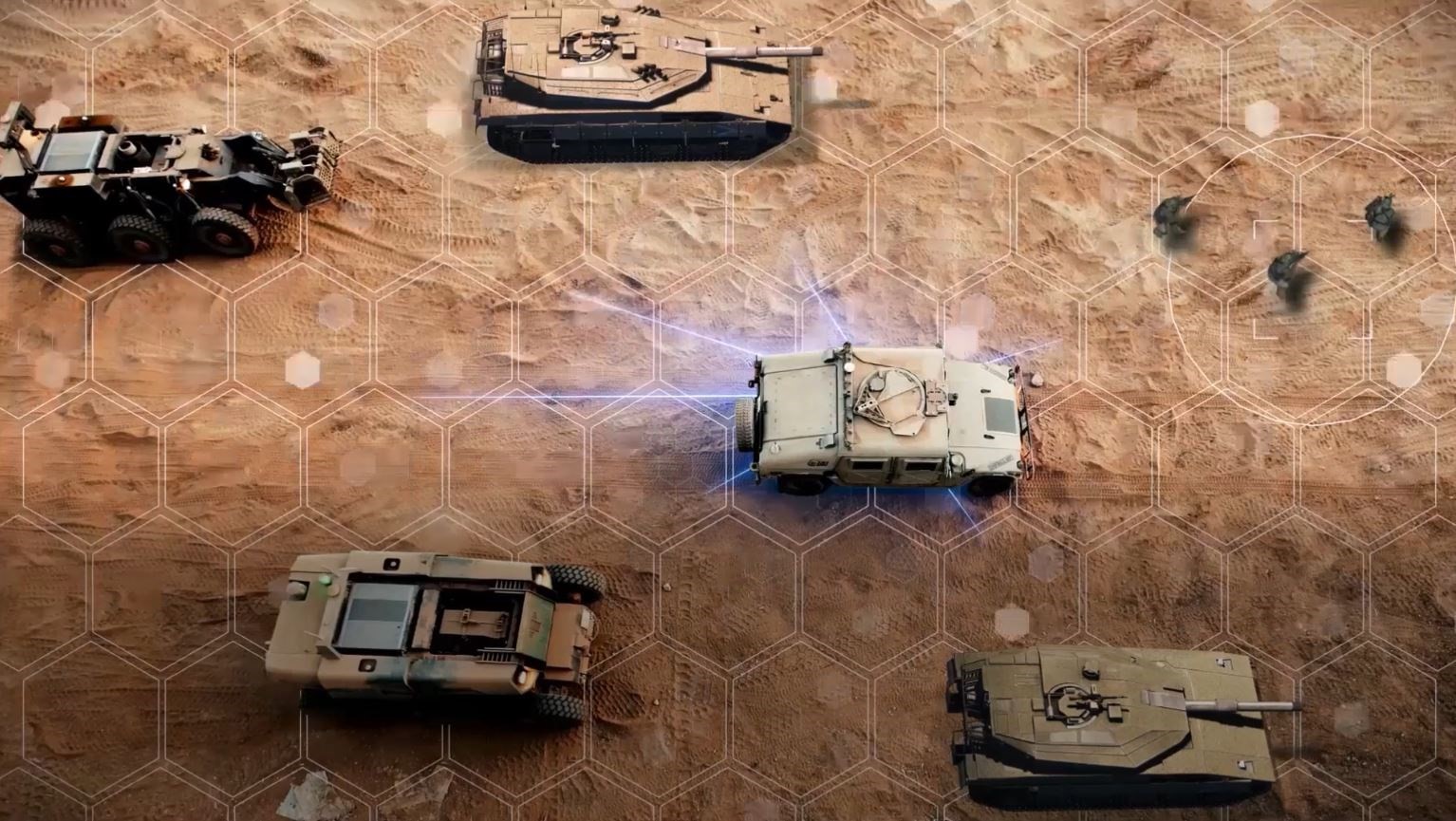
AUSA: In a major step forward for Israel’s future ground warfare concept, the IDF has selected Israel Aerospace Industries (IAI) to develop its next-generation fighting vehicle. And now, the company is turning its eyes towards potential American customers.
IAI beat out competitors Elbit Systems and Rafael to serve as the prime contractor and integrator for developing the concept and technologies for the future Armored Fighting Vehicle for the IDF, known as the Carmel. It comes with a focus on urban warfare, taking lessons from the 2006 conflict with Lebanon.
The selection, which was announced Sunday in Israel, is potentially relevant for the US Army, as Israel hopes to bring both the Pentagon and the Indian Ministry of Defense into the program as partners in some capacity. Speaking at the AUSA conference Monday, Amir Geva, the company’s executive vice president for North America, said that the company is seeking American partners for its capability.
Pressed on whether there were already conversations happening with US firms, however, Geva was evasive, saying that the term discussion is a “very wide, very wide question. So I’ll say that we do know who are the players, they know who we are and they know how relevant to the program we I will leave it as it is right now.” He added that there are no formal demos set for this time for either the Army or Marines.
And although neither won the competition, some of the technology developed by the other two competitors may live on; Rafael is teamed on the Oshkosh-Hanwha bid for the Army’s Optionally Manned Fighting Vehicle competition, while Elbit is teamed with BAE Systems.
The competition was part of an across-the-table effort to shape the future ground concept used by the IDF. The goal is perhaps summed up best this way: to give Israeli’s military fast-moving ground forces equipped with multi-sensor, multi-weapon systems able to achieve control of the battle ground quickly and decisively.
IAI successfully demonstrated a two-man, closed hatch armored fighting vehicle equipped with autonomous systems that handle the central subsystems — mission planning and operations. The cockpit design works with a set of touch screens and video monitors built from sensors on and around the vehicle, giving a virtual view of everything going on outside.
In essence, IAI said in a press release, the two-man crew will only need to focus on the most crucial of tasks, letting automation handle the rest. An optional third team member will be capable of operating robotic ground vehicles in areas with very high degree of danger even to armored vehicles.
Eventually, the IDF plans to build a hybrid vehicle, equipped with both diesel and electric motors. Electric propulsion will allow for quieter short-distance travel, but is also essential as a new source of power for a new weapon that may be integrated into the project: a high-intensity laser.
“We have been investing in the last few years, and especially in the past year, to develop a powerful laser for a variety of uses, and it may be integrated into Carmel,” Brig. Gen. Yaniv Rotem, head of R&D at the ministry of defense said during the competition.
RELATED: Lockheed Unveils New Laser Weapon For Army’s Stryker Vehicles
The prototypes presented by the three companies differed slightly, but all three were integrated onto M-113 APCs for a series of demonstrations, with the focus on autonomous capabilities.
Each company worked its solution throughout a week of live tests, within a series of complex operational scenarios. A team of experts from the Ministry of Defense and the IDF evaluated the three concepts in accordance with predetermined criteria, including the technological platforms proposed for the future AFV; employment of advanced sensors; VR and AR mechanisms; AI technology to process information, and more.
IAI presented a platform based on the company’s family of autonomous systems and robotic tools, which are currently in wide operational use in Israel and around the world. The winning offering combines a panoramic display, individual control screens, and a control stick similar to a gaming console.
According to IAI the technologies package offered by the company is aimed mainly on supplying the two member crew with the best situational awareness possible. “And after that is achieved to choose the best weapon to kill [the target]. You can see the commander of the ground vehicles as a safety button. The system can shoot automatically, but for now the human in the vehicle will have to release the safety button,” a company official said.